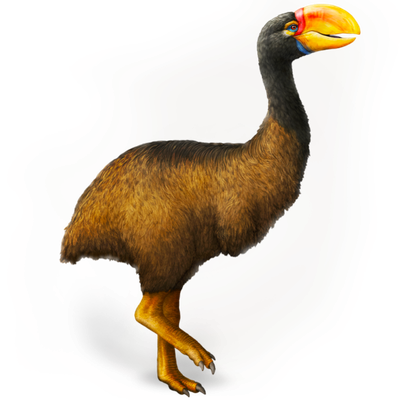Your search returned 38 results
By Page Type
By Tag
- All
- fish (966)
- blog (696)
- fishes of sydney harbour (401)
- First Nations (299)
- Blog (236)
- AMRI (169)
- archives (164)
- Eureka Prizes (146)
- Aboriginal and Torres Strait Islander (135)
- insect (126)
- Ichthyology (124)
- geoscience (109)
- minerals (102)
- climate change (100)
- podcast (94)
- Fish (91)
- Anthropology (89)
- International collections (80)
- Minerals Gallery (78)
- wildlife of sydney (78)
- Labridae (77)
- frog (74)
- gemstone (70)
- history (64)
- photography (64)
- Mollusca (60)
- gem (59)
- staff (59)
- Birds (56)
- Gems (56)
- Indonesia (56)
- education (56)
- shark (55)
- AMplify (54)
- people (53)
- earth sciences (50)
- past exhibitions (50)
- exhibition (49)
- Gobiidae (48)
- sustainability (46)
- Pomacentridae (45)
- Serranidae (44)
- lifelong learning (42)
- science (42)
- Earth and Environmental Science (41)
- Syngnathidae (41)
- Ancient Egypt (40)
- Bali (40)
- bird (40)
- dangerous australians (40)
-
Igneous intrusions
https://australian.museum/learn/minerals/shaping-earth/igneous-intrusions/Molten magma can invade the Earth's upper layers and then solidify as igneous intrusions.
-
Plate Tectonics
https://australian.museum/learn/minerals/shaping-earth/plate-tectonic-processes/Since the 1950s, several discoveries have led to a new understanding of how the Earth works.
-
The universe
https://australian.museum/learn/minerals/shaping-earth/the-universe/The universe can be defined as the whole of existing things from the scale of sub-micron to outer space.
-
Looking inside the Earth
https://australian.museum/learn/minerals/shaping-earth/looking-inside-the-earth/The internal structure of the Earth consists of three main parts, the crust, mantle and core. The division between the crust and the mantle is called the Moho.
-
Metamorphic processes
https://australian.museum/learn/minerals/shaping-earth/metamorphic-processes/Most minerals are only stable at particular temperatures and pressures, so changes in these result in the formation of new minerals.
-
Jenolan Caves Minerals
https://australian.museum/learn/minerals/shaping-earth/mineralogy-collection-jenolan-caves-minerals/The Jenolan Caves are one of the premier tourist attractions of New South Wales. Nine caves are regularly shown to visitors, but several hundred of various sizes are known from the area.
-
Types of metamorphism
https://australian.museum/learn/minerals/shaping-earth/types-of-metamorphism/There are several different types of metamorphism, including dynamic, contact, regional, and retrogressive metamorphism, that form and shape rocks.
-
The Sydney Basin
https://australian.museum/learn/minerals/shaping-earth/the-sydney-basin/The Sydney Basin is a major structural basin containing a thick Permian-Triassic (290 Ma - 200 Ma (million years old)) sedimentary sequence that is part of the much larger Sydney-Gunnedah-Bowen Basin.
-
Igneous rock types
https://australian.museum/learn/minerals/shaping-earth/igneous-rock-types/Igneous rocks can be divided up into four groups, based on how they were formed and what they are made of.
-
Volcanic landforms
https://australian.museum/learn/minerals/shaping-earth/volcanic-landforms/Each type of volcanic massif (structure) contains lavas, pyroclastic rocks and intrusions, but these differ in proportions and compositions.
-
Discover more
2025 Australian Geographic Nature Photographer of the Year
Special exhibition
Free entry
Now open -
Discover more
Unfinished Business
Special exhibition
Free entry
Now open -
Find out more
Surviving Australia
Permanent exhibition
Free entry
Now open![]()
-
Find out more
Burra
Permanent kids learning space
Free entry
10am - 4.30pm![]()
-
Discover more
Minerals
Permanent exhibition
Free entry
Open daily![]()





